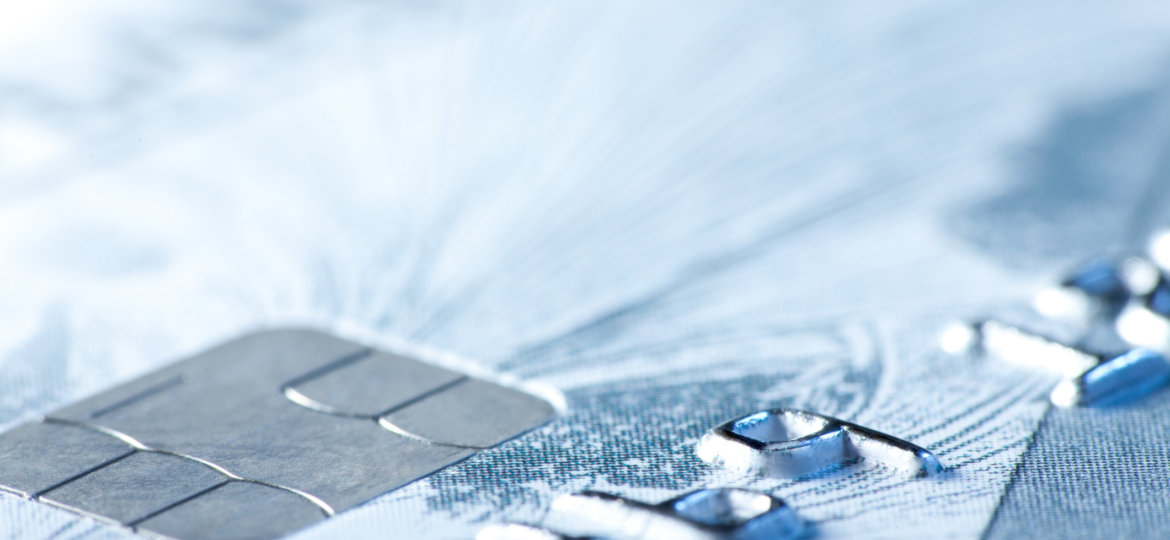

EMV Chip Technology: 6 Things You Didn’t Know
You might feel like every time you walk into a store there is a different type of credit card terminal you’re swiping or dipping your card into. For the most part, they all work similarly, but it’s true — there is a multitude of payment options businesses can choose from. For instance, many new small businesses are choosing to stick with contactless payments, while older businesses have slowly begun to make the switch to EMV terminals and chip card readers.
Why did EMV come about? American Express, Discover, JCB, Mastercard, UnionPay, and Visa all wanted to create a global standard for payment solutions.
Because the U.S. is still going through the switch from magnetic stripe credit cards to chip reader credit cards, you may have some lingering questions about EMV chip technology and all that entails. We’ve come up with five things you probably didn’t know about the new technology to help you understand how exactly they work.
1. Transactions take a few seconds longer
Longer, that’s right. In a world of speed and ease, the last thing we want to hear is that something new is going to take longer than the previous process. It’s supposed to be an upgrade right? Well, it is, and it’s more secure.
How much longer does it take? A couple of seconds — that’s all. Why does it take longer? When you dip a card, the payment has to process much like a card with a magnetic stripe. The difference is that the data from the chip is transferred to your financial institution, where a code unique to that purchase will be created. At the same time the code is being created, your payment is being verified. You then authenticate the payment with your PIN code, and your purchase is complete.
2. EMV chip technology is safer
As we said, the transaction takes a few seconds longer, but that’s because it’s a more secure way of completing a payment. EMV chip technology was created with the purpose of decreasing the level of fraud that has been occurring nationwide with magnetic stripe-enabled credit cards.
Why does the stripe make your cards more susceptible to fraud? Because it doesn’t encrypt data like a chip reader. The magnetic stripe has permanent data in it that cannot change transaction to transaction. This allows counterfeiters to copy the information more easily and reproduce cards with the same magnetic stripe.
EMV chip technology works in two ways to break this method of fraudulence. First, the chip is a small bit of encrypted data. Second, the data changes with every purchase you make. Think of your thumbprint. Everyone is supposed to have a print unique to him or her. This is kind of how chip readers work because a new set of data is attached to each purchase. In order to decrypt data, you must have access to a secret key or password. If you make four purchases in a day, say a cappuccino, lunch, groceries, and gas, that’s four payments at different stores that all used different data to authorize your transactions. This would make it four times more difficult to copy information — the counterfeiter would have to anticipate your next purchase and know the exact data formula your bank would give the store to complete the purchase in order to steal your information.

3. Yes, you can still swipe.
If you’ve been one of the many people who have already received a new credit or debit card from your bank, you’ve probably noticed the little chip in the card, but if you flip it over, you’ve also probably noticed that your card still has a magnetic stripe. This is because U.S. banks just started making the shift to EMV chip technology in 2015 and not everyone has received the new cards yet. Just as bank users have not all gotten cards with the new technology, businesses have not all purchased the new hardware necessary to read the EMV chip data.
Depending on the number of terminals needed and how advanced business owners want their EMV terminals to be, it can be a big expense. Some terminals have magnetic stripe readers, chip readers, and they can still accept cash as well. Other, very modern shops may have nothing but Near Field Communication readers. Because there isn’t a uniform way of making payments yet, and there probably won’t be for a while, cards will be enabled with both magnetic stripes and EMV chip technology.
This will make things much easier if you find yourself at a payment terminal that doesn’t have a place to dip your card; you can simply swipe as you have in the past.
4. EMV chip technology can work in more than one way
You might have read the words Near Field Communication above and wondered what that was. It’s a type of hardware that collects payment information without contact. This is also known as frictionless payment, or what you might know as Apply Pay, Google Pay or the like. The NFC reading technology can also scan the encrypted data in your chip-enabled credit card in much the same way it reads the information in your digital wallet.
This is a great way for business owners who want contactless payment options to retain their credit-card-using customers.

5. PIN codes are still necessary (sometimes)
With all this talk about security and safer payments, you might wonder why you’re still prompted to enter your PIN at payment terminals when you’ve used a chip reader. This is because payments still need to be authenticated.
Mostly, this step depends on whether or not your card is equipped with a verification method. If it is, you won’t need a PIN, if it’s not, you’ll need to remember that PIN. Another reason you may not need it is if the credit card terminal you’re using is enabled with the most up-to-date hardware and software.
If you’re wondering why you didn’t get prompted for a PIN, it means your transaction was authorized in real time. The EMV terminal communicated with your bank, and your bank verified the payment right away. You shouldn’t worry about security issues if you don’t get prompted to input your PIN, though, because the PIN is more for authenticity than security. Besides a PIN, you might even still need a signature to finalize a purchase.
6. There will be a liability shift
The part to be concerned about — and pay attention to — when it comes to the shift from magnetic stripe readers to EMV chip technology is that you, as the merchant, may now be liable for fraud if a counterfeit payment does occur at your store.
Conversely, the financial institution could also be liable. If they have not yet made strides in switching the cards they are issuing to their customers and then their customers’ card information is stolen, the bank will be responsible.
Interested in learning more? Contact us today!
If you have more security concerns or have a question that wasn’t answered above, feel free to reach out. Our professionals at ID TECH have the answers. You can explore our blogs or look into payment terminals on our site if you are interested in making the transition to EMV chip technology in the near future. From countertop payments to mobile solutions to unattended kiosks, ID TECH has all the modernized, streamlined products suitable for moving forward with payment solutions for your business.